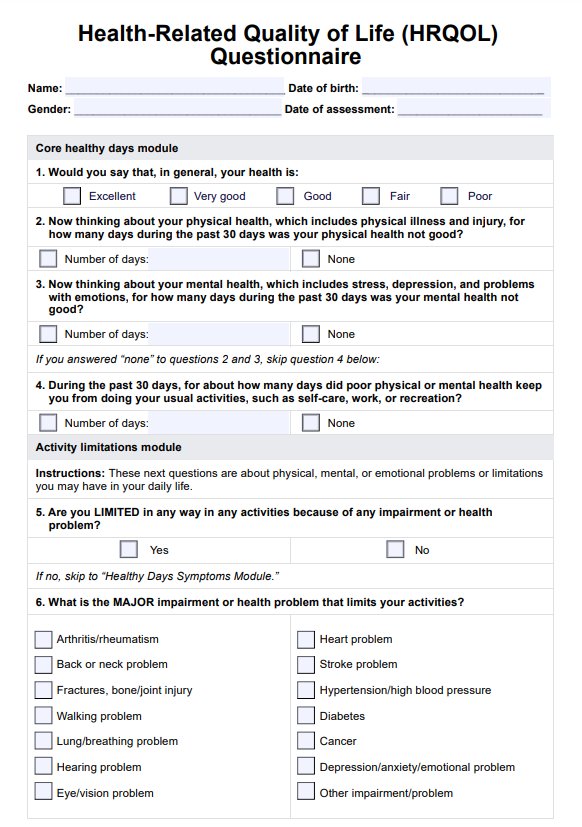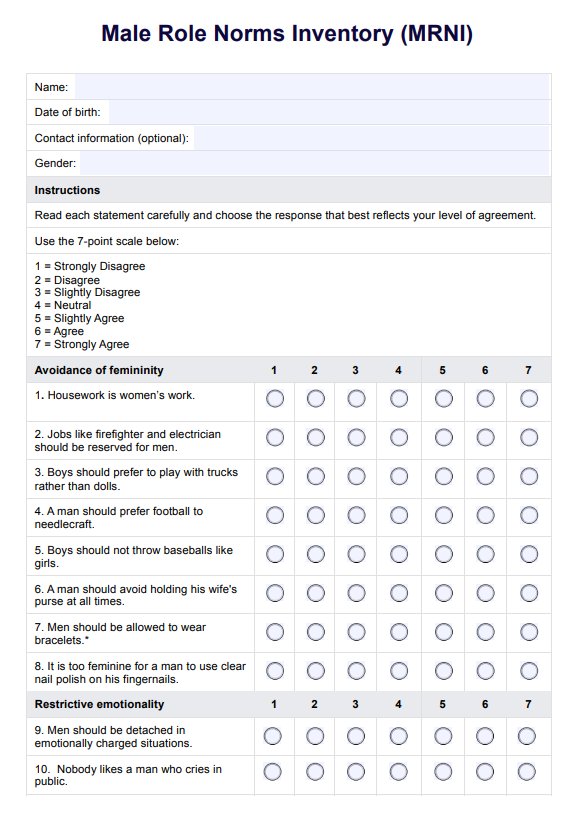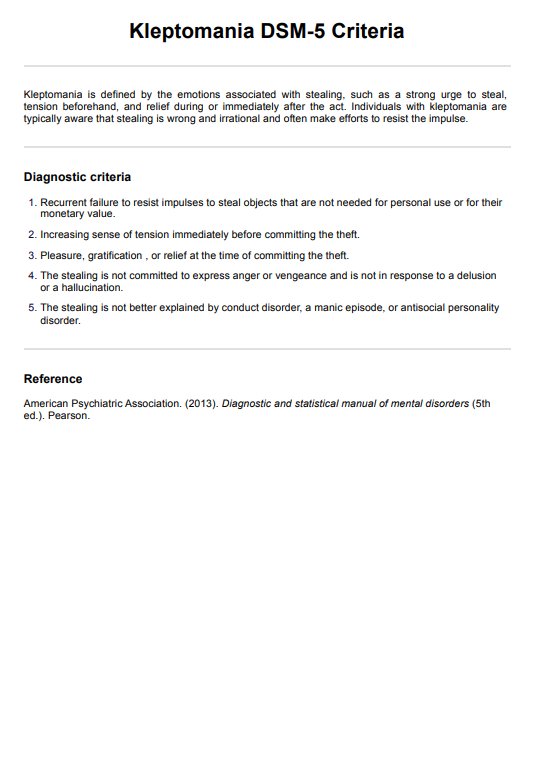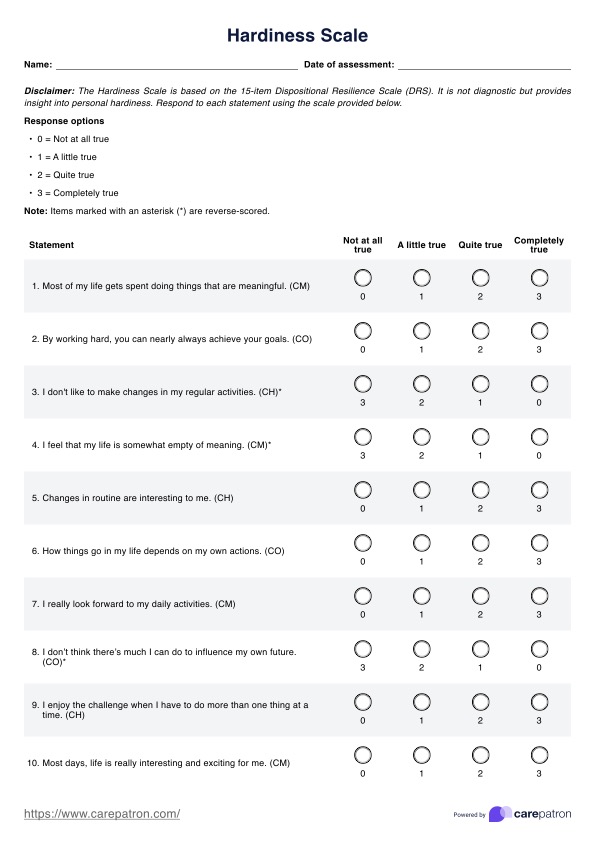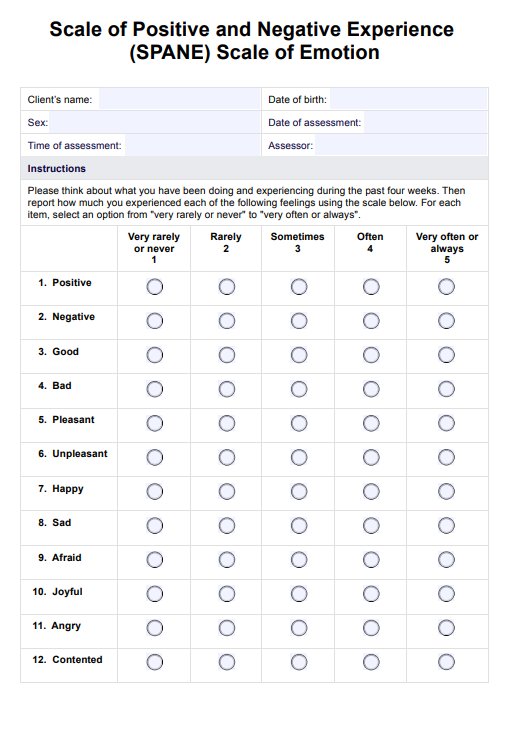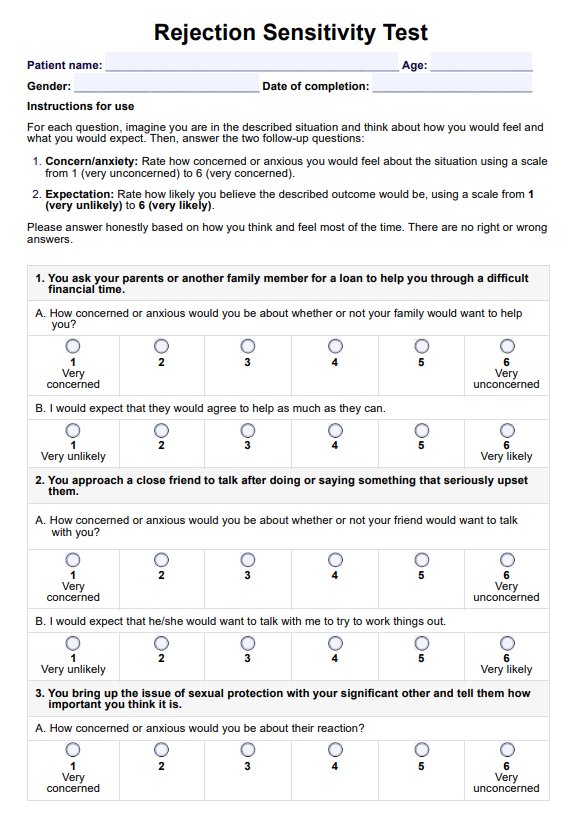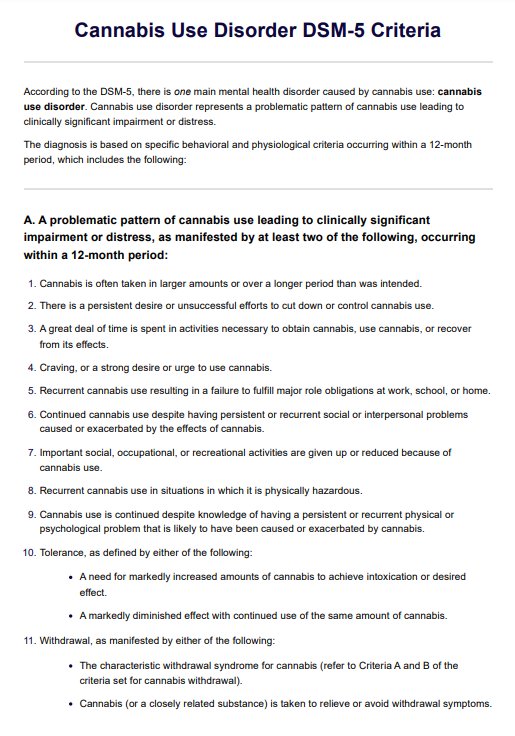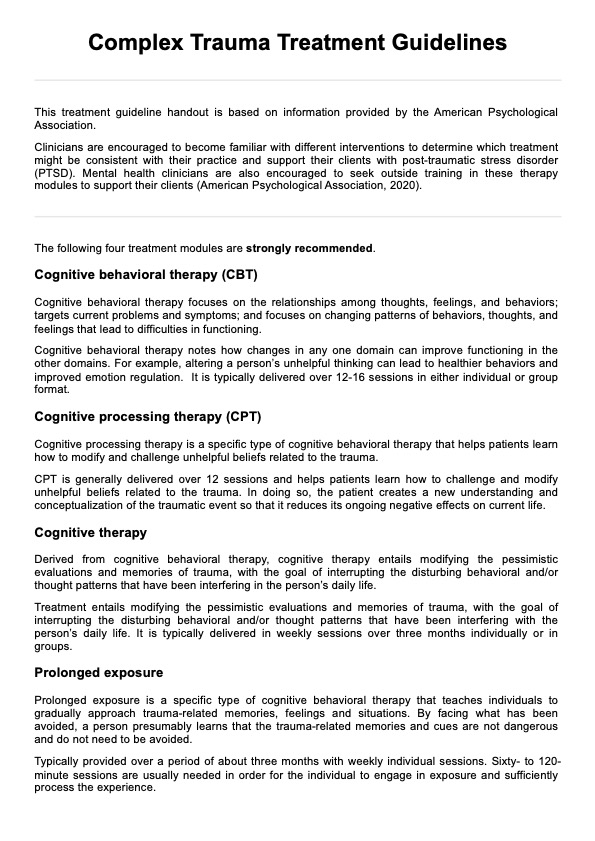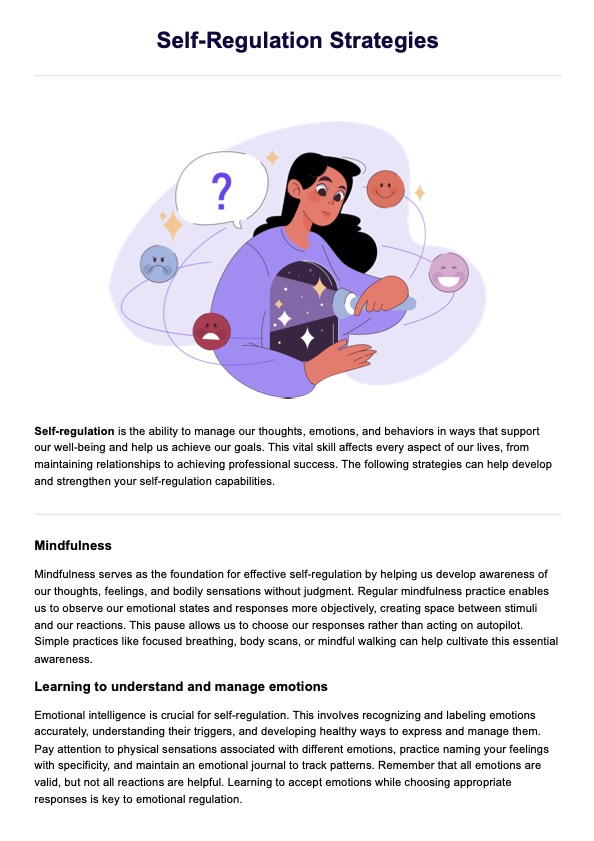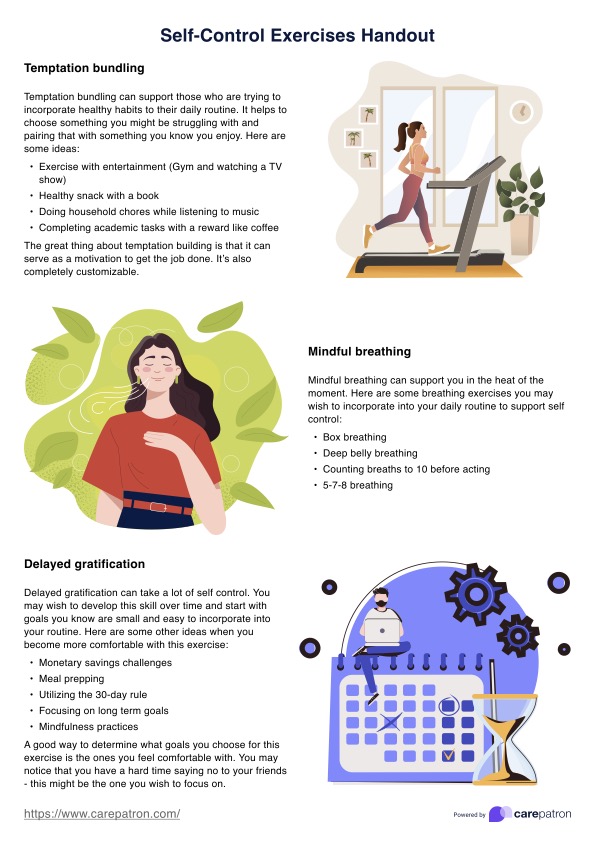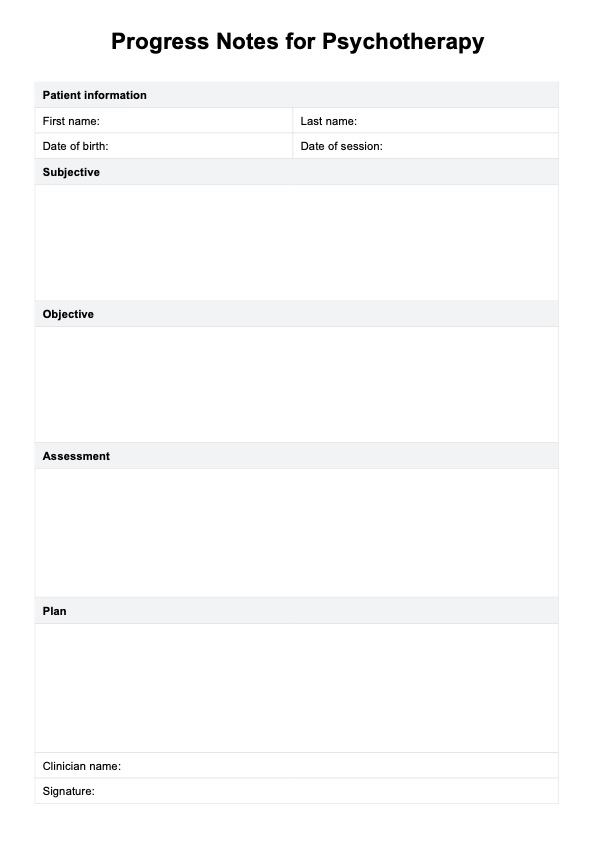Inner Child Healing Exercises
Help clients reconnect with their inner child, heal childhood trauma, and find emotional resilience with Inner Child Healing Exercises.


What is the inner child?
The inner child refers to the part of the psyche that retains emotions, childhood memories, and formative experiences. These influences influence beliefs, behaviors, and emotional resilience in adulthood. The inner child often carries unhealed wounds from unresolved childhood trauma or unmet inner child needs, impacting healthy relationships and self-acceptance.
Assagioli (1973), as cited in Sjöblom et al. (2016), explains that the inner child represents a synthesis of all life stages, integrating each phase into a cohesive whole rather than separate entities. This perspective highlights the importance of acknowledging the inner child's presence, even in older adults, for emotional resilience and overall well-being.
Engaging in inner child therapy, such as inner child exercises, facilitates personal growth by addressing emotional wounds and nurturing the unhealed inner child. Reconnecting with this part of oneself can help meet inner child needs, heal emotional wounds, and support a fulfilling healing journey.
Inner Child Healing Exercises Template
Inner Child Healing Exercises Example
Inner Child Healing Exercises
Self-therapy can involve nurturing one's inner child through various activities. Here are five Inner Child Healing Exercises to begin:
Inner child visualization
Help clients visualize themselves as children in a safe and nurturing environment. Encourage them to connect with their inner child by acknowledging emotions and experiences. This exercise promotes emotional healing and self-awareness.
Writing letters to the inner child
Guide clients to write compassionate letters to their inner child, offering love, validation, and reassurance. This activity helps clients process unresolved childhood emotions and promotes self-acceptance.
Reparenting affirmations
Assist clients in creating affirmations that nurture their inner child. Encourage affirmations focusing on self-worth, self-compassion, and emotional support. Repeating these affirmations can reinforce positive self-talk and healing.
Inner child dialogue
Facilitate a conversation between clients and their inner child. Guide clients to offer comfort, guidance, and validation while actively listening to their inner child's emotions. This exercise builds trust and emotional safety.
Creative expression
Encourage clients to explore their inner child's emotions through creative outlets like drawing, writing, or painting. This process allows clients to express feelings freely, nurturing creativity and emotional release.
How to use our Inner Child Healing Exercises template
By following these steps, you can effectively use this template to support clients in their inner child healing journey and foster emotional resilience.
Step 1: Download the template
Click the "Download" button within this guide to get the Inner Child Healing Exercises PDF. Save it to your device and use it during client sessions. You may also access it directly from our platform by clicking 'Use template.'
Step 2: Record client details
Fill in the fields for Name, Age, Gender, and Date to document client information. This ensures accurate record-keeping and helps track progress over time.
Step 3: Guide clients through the exercises
Review the descriptions and instructions for each exercise with your client. Encourage them to engage fully in activities such as visualization, reparenting affirmations, or creative expression to reconnect with their inner child and address unresolved emotional wounds. For each exercise, there is space for you or your client to write down remarks, such as whether the exercise was effective, how it helped, or why it might not have worked.
Step 4: Use the notes section for observations
In the 'Notes' section, document your professional observations or any significant emotional breakthroughs. Use this information for future sessions and support the client's ongoing personal growth.
Signs of a wounded inner child
When the inner child is wounded, it can significantly affect emotions, behaviors, and relationships. Recognizing these signs is critical to healing your client's inner child and fostering emotional growth. Some key indicators include:
- Self-doubt: A persistent sense of inadequacy that undermines confidence and self-love.
- Approval-seeking: Constantly seeking external validation, often neglecting personal needs.
- Conflict thriving: Deriving a sense of identity or energy from frequent opposition or discord.
- Hoarding tendencies: Retaining excessive possessions, reflecting unresolved childhood wounds.
- Attachment struggles: Difficulty letting go of objects or relationships due to fear of change or loss.
- Anxiety with new experiences: Feeling apprehensive about trying unfamiliar activities or situations.
- Boundary guilt: Experiencing guilt when setting boundaries and prioritizing others' comfort over self-care.
- Overachievement drive: Compulsively striving for success to mask emotional pain.
- Perfectionism: Holding unreasonably high standards for oneself or others, leading to stress or rigidity.
- Task difficulties: Struggling to start or complete tasks, often linked to fear of failure or perfectionism.
Addressing these patterns through inner child work can help clients reconnect with their younger selves and encourage deeper self-understanding during the healing process.
What is inner child work?
Inner child work is a trauma-sensitive approach designed to help individuals address emotional wounds from past abuse or neglect. By integrating concepts like attachment theory and somatic therapies, it explores how early experiences influence present behaviors and feelings.
This practice involves recognizing the inner child—the younger self within us that often resurfaces during emotional triggers. Key components include fostering safe relationships, setting boundaries, and nurturing emotional well-being. It also emphasizes developing a compassionate adult self to care for unresolved needs and embrace joy, creativity, and self-expression.
Inner child work offers a path toward self-discovery and authentic living through practices usually led by an inner child therapist.
Benefits of using the Inner Child Healing Exercises template
The Inner Child Healing Exercises template offers the following benefits:
Structured approach
The template provides a clear framework for guiding clients through healing exercises, ensuring consistent and focused sessions.
Comprehensive healing
The template includes a variety of exercises, allowing practitioners to address different aspects of a client's inner child, promoting a well-rounded approach to healing.
Improved client engagement
The detailed exercises help clients actively engage in their healing journey, encouraging self-reflection, creativity, and emotional healing.
Reference
Sjöblom, M., Öhrling, K., Prellwitz, M., & Kostenius, C. (2016). Health throughout the lifespan: The phenomenon of the inner child reflected in events during childhood experienced by older persons. International Journal of Qualitative Studies on Health and Well-Being, 11(1), 31486. https://doi.org/10.3402/qhw.v11.31486
Commonly asked questions
Inner child exercises help clients process unresolved childhood trauma, fostering self-compassion and emotional resilience. These exercises encourage self-awareness and healing, improving coping skills.
Practitioners should assess each client's emotional history to customize exercises. Gentle visualization may suit clients with trauma, while others may benefit from creative expression or affirmations.
Boundaries help clients feel safe during healing. Practitioners can incorporate boundary-setting into exercises, empowering clients to nurture their inner child while maintaining emotional protection.







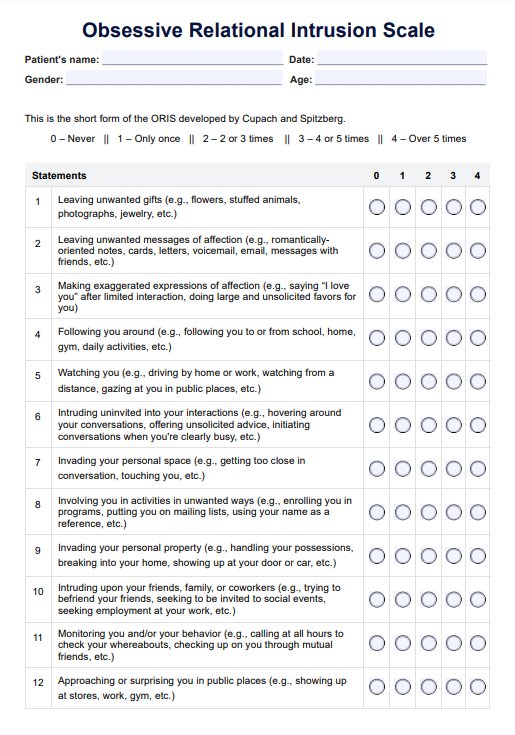











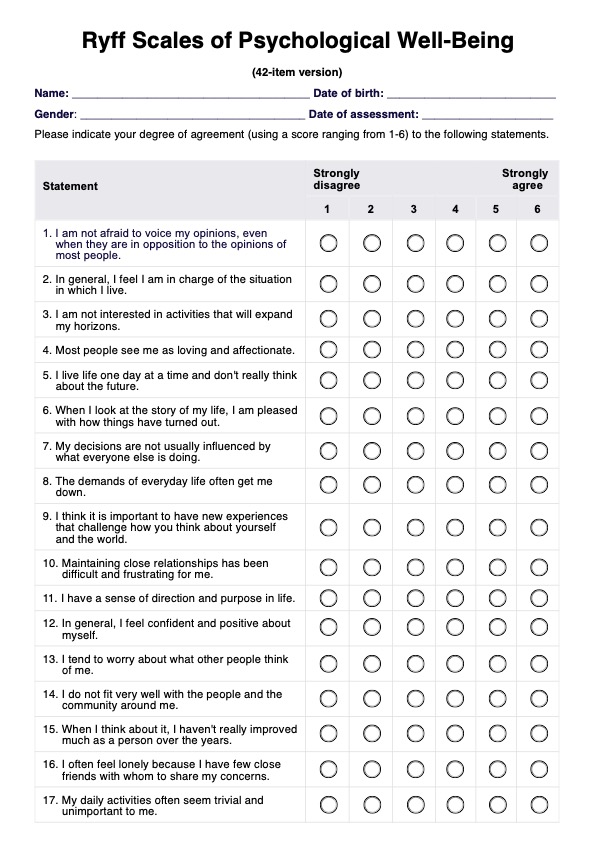
-template.jpg)




